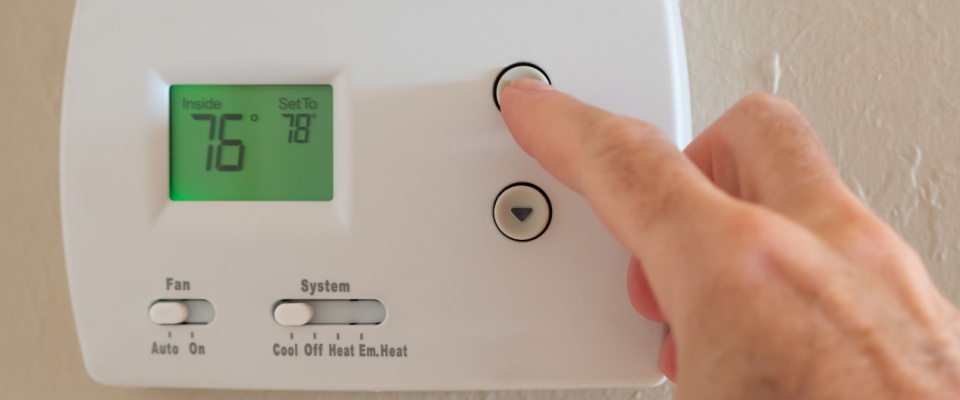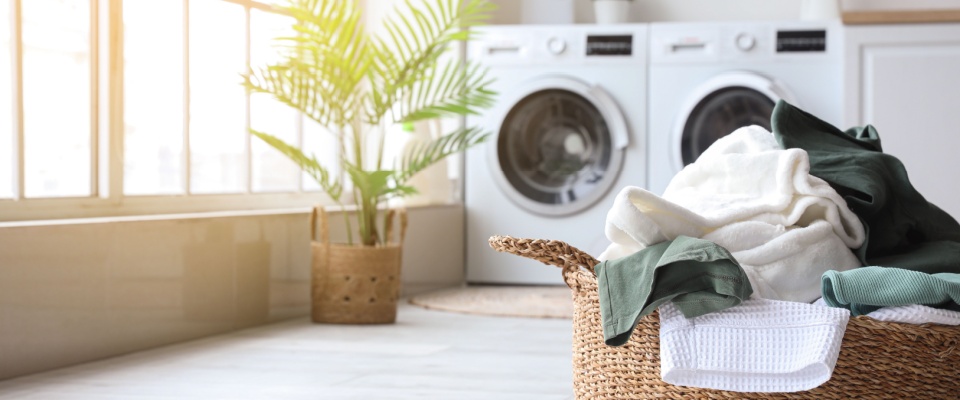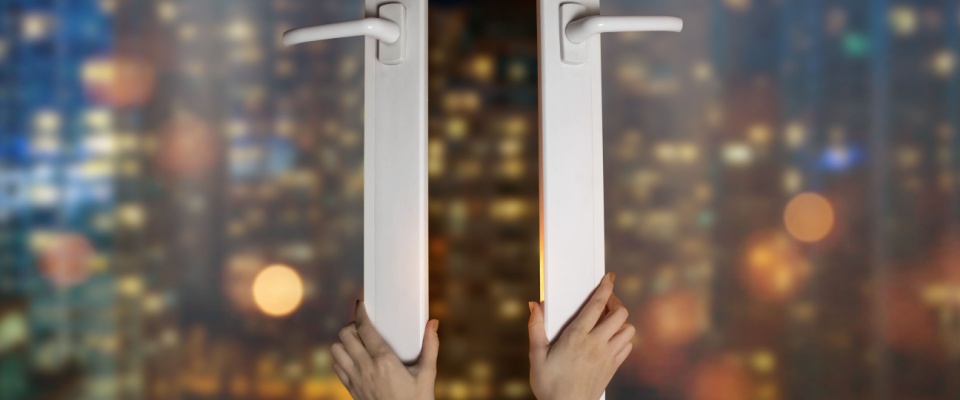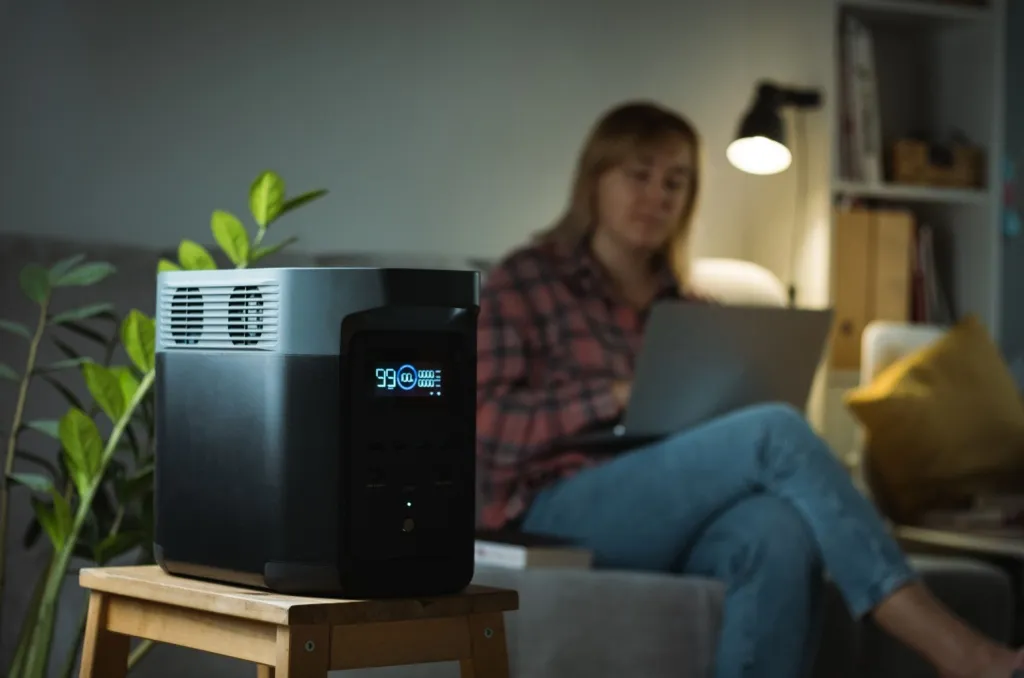Summer's here, and so is that moment you dread: opening your electric bill and wondering if your air conditioner has been plotting against your bank account. If you're renting and wondering how to lower your electric bill in summer without turning your apartment into a sauna, you've come to the right place. The good news is that you don't need to own your place to make a real difference in those monthly costs.
With the right approach, you can slash your summer electricity costs while staying comfortably cool. It's all about understanding what drives those higher bills and learning to manage your electricity usage more effectively.
Why do electricity bills go up in summer?
Let's start with the reality check: your air conditioner is the biggest energy vampire in your apartment during the summer months. While you might blame your TV or laptop for high bills, cooling systems are responsible for the lion's share of electricity consumption during summer.
The U.S. Energy Information Administration reported that air conditioning accounts for about 19% of the general residential energy consumption. For apartment dwellers using individual AC units, the cost per square foot may run rather high.
But your AC doesn't have to work so hard if you know how to help it out. It’s all about managing the temperature in a smart way.
Master your thermostat game
During summer, set your thermostat to 75-78°F when you're home and awake. It may sound warm at first, but your body adjusts faster than you'd expect. Each degree you raise the temperature may help you save on cooling costs throughout the season.

Create a cooling schedule that matches your lifestyle to help cut costs. Raise the temperature to 85°F when you're out for the day, then program your AC to start cooling about 30 minutes before you return. If your current thermostat doesn't have programming features, discuss with your landlord or property manager if it’s possible to swap in a programmable model. You can keep the original to reinstall when you move.
Stop cool air from escaping
Your apartment might be leaking cool air faster than you can produce it. Check around windows, doors, and any gaps where pipes or cables enter your unit. Even small air leaks can make your AC work overtime.
For window units, check the seal around the unit itself — these are notorious for gaps that let cool air escape and hot air enter. You can seal these leaks with foam padding, removable caulk, or even strategically placed towels.
Use fans strategically
Fans don't actually cool the air, but they make you feel cooler by moving air across your skin. This means you can set your thermostat a few degrees higher while still feeling comfortable. A ceiling fan may make a room feel up to four to six degrees cooler, allowing you to save on AC costs.
If you don't have ceiling fans, strategically placed floor or table fans can work too. Create cross-ventilation by positioning one fan to pull hot air out through a window while another pushes cooler air in from the opposite side during the cooler evening hours.
Use heat sources less during peak hours
Every heat-generating appliance in your apartment makes your air conditioner work harder. Your oven, clothes dryer, dishwasher, and even your hairdryer pump extra heat into your space and add extra costs to your electricity bill.

Here are some things to keep in mind about these appliances:
- Timing matters. Run heat-generating appliances during cooler parts of the day — early morning or late evening.
- Switch to LED bulbs. They produce 75% less heat than incandescent bulbs and use far less electricity.
- Consider alternative cooking methods. Use a slow cooker or prepare no-cook meals to keep your kitchen cooler and lower your electric bill during summer.
Block heat before it enters
Prevention beats treatment when it comes to cooling costs. Direct sunlight streaming through windows can raise indoor temperatures significantly, forcing your AC to work overtime.
Blackout curtains, reflective window film, or thermal curtains block heat before it enters your space. If permanent window treatments aren't allowed in your rental, try removable options like static-cling reflective film or temporary window coverings.
Focus on south and west-facing windows, which get the most intense afternoon sun. Even makeshift solutions like cardboard covered with aluminum foil can make a measurable difference during peak heat hours.
Maintenance matters
A dirty air filter makes your AC work harder and uses more energy. Check and replace filters monthly during heavy-use periods. It's one of the simplest steps to improve efficiency and lower costs. In some instances, your apartment's maintenance team may even do this for you!
Keep vents unblocked by furniture, curtains, or storage items. Your AC needs good airflow to work efficiently. You should clean the filter and coils regularly, even if you have a window unit.
Develop energy-smart daily habits
Small changes in daily routine can add up to significant savings when learning how to lower your electric bill in summer. Close doors to unused rooms so you're not cooling empty space. Your AC doesn't need to maintain 78°F in a guest room nobody enters.

Don’t forget to take advantage of natural cooling opportunities. Open windows during cool evening hours, then close everything up before temperatures rise the next day.
Making it all work together
The key to mastering how to lower your electric bill in summer is combining multiple strategies rather than relying on just one approach. Start with the easiest changes — adjusting your thermostat and sealing obvious air leaks. Then, gradually add other efficiency measures.
Track your usage for a few weeks to see which changes make the biggest difference. Most utility companies provide online tools that show daily or hourly usage or provide additional resources about your bill. This may help you identify which strategies work best in your specific situation.
Remember, even small improvements add up over an entire summer. You’ll definitely appreciate the extra cash savings when fall arrives.




